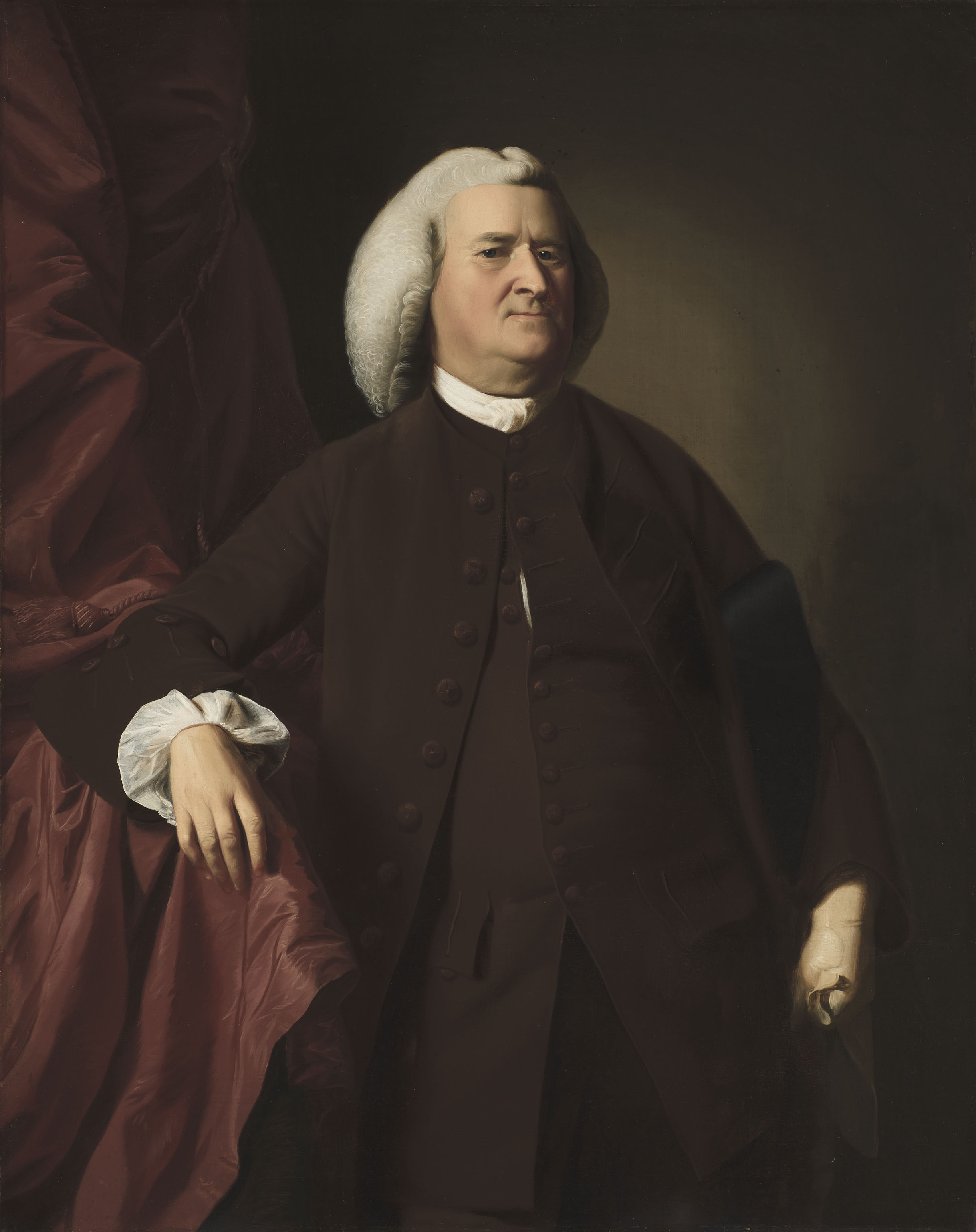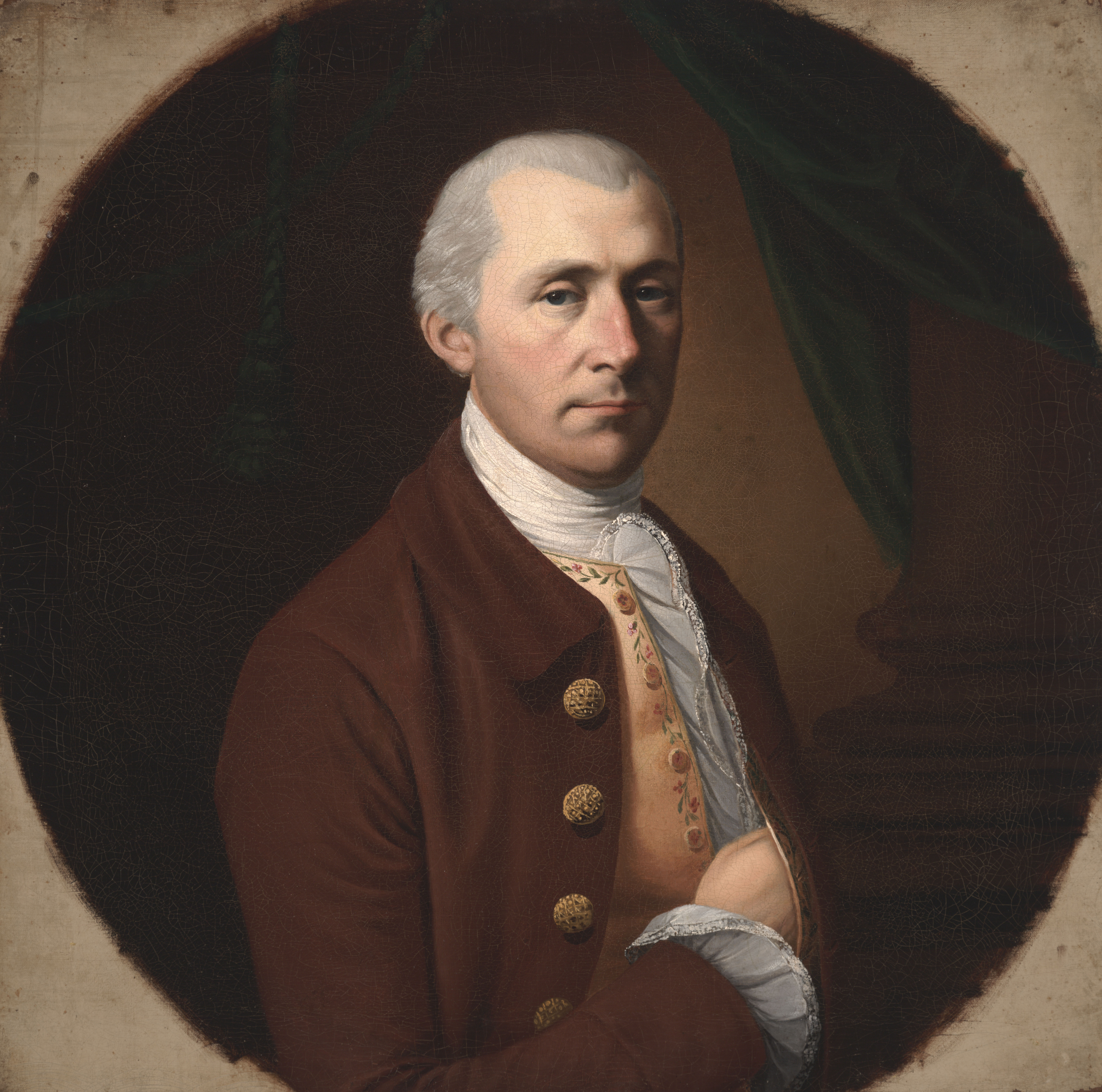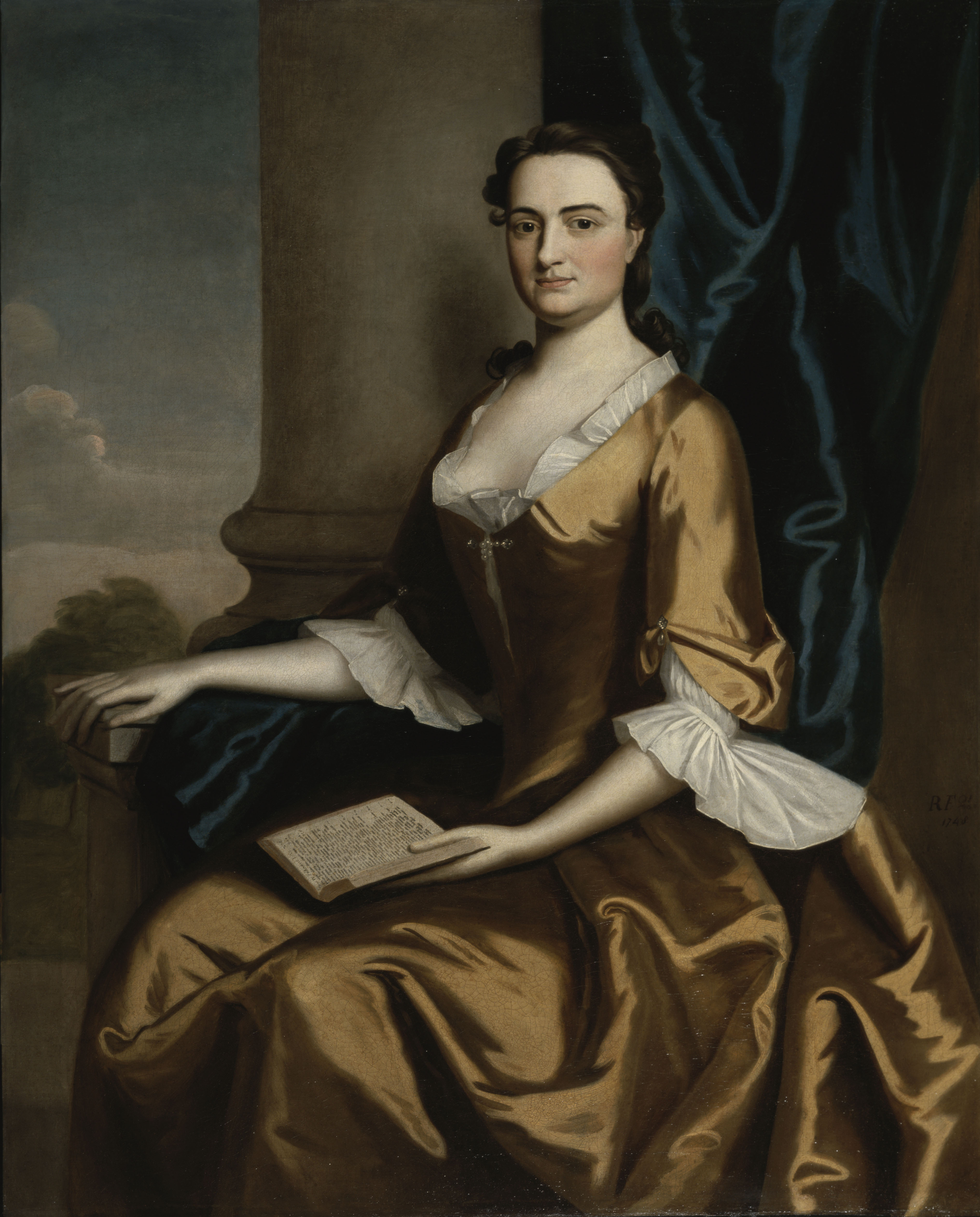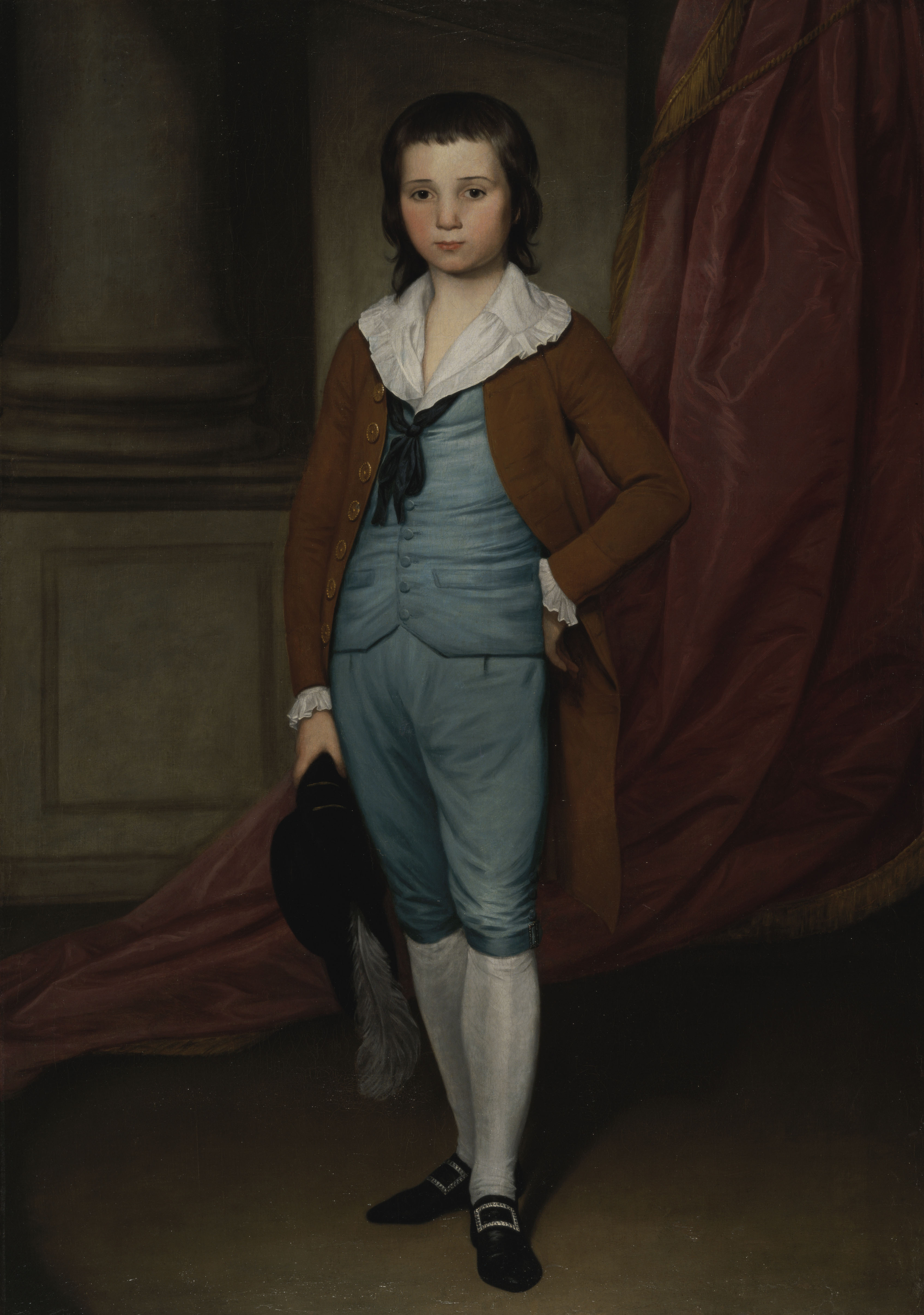Joshua Henshaw (1703–1777)

What makes someone a patriot?
Joshua Henshaw was born in Boston and entered the mercantile profession at an early age. He rose to a position of social influence following his marriage to Elizabeth Bill, the daughter of a prosperous merchant. He served frequently as town magistrate and served on various town committees with figures such as John Hancock and Samuel Adams. Although Henshaw never achieved the fame of some of his fellow patriots, he did manage to use his position to advance colonial rights and protest British rule.



